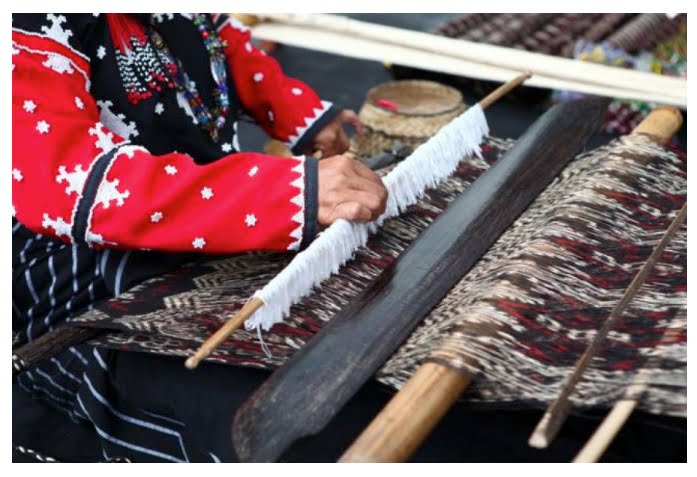Traditional Filipino art techniques have been passed down through generations and continue to hold a significant cultural importance in the Philippines. These techniques encompass a wide range of art forms, including weaving, pottery, woodcarving, and painting, all of which play a vital role in preserving the country’s rich cultural heritage.
One of the most iconic traditional Filipino art techniques is weaving, which has been practiced by various indigenous tribes for centuries. The intricate patterns and designs woven into textiles serve as a visual representation of the different tribes’ cultural identities, beliefs, and traditions. Each pattern and motif holds a story, depicting the tribe’s connection to nature, spirituality, and mythology. Weaving is not only a means of artistic expression but also a way of passing down cultural knowledge from one generation to the next.
Pottery is another traditional Filipino art technique that has deep cultural significance. The process of creating pottery involves molding and shaping clay into functional and decorative items such as pots, jars, and figurines. For many indigenous communities, pottery serves as a reflection of their daily lives, traditions, and customs. The designs and motifs painted onto the pottery often symbolize the tribe’s connection to the natural world, their spiritual beliefs, or significant events in their history.
Woodcarving is yet another traditional Filipino art technique that continues to hold cultural value. Skilled artisans carve intricate designs and patterns onto wood, creating decorative items such as furniture, religious icons, and musical instruments. The craftsmanship and attention to detail involved in woodcarving are a testament to the Filipino people’s dedication to preserving their cultural heritage through artistic expression.
Traditional Filipino paintings also play a vital role in representing the country’s cultural significance. The use of bright colors, bold lines, and symbolic imagery in paintings reflects the Filipino people’s rich history, diverse cultural influences, and strong sense of identity. Many Filipino artists draw inspiration from traditional folklore, mythology, and religious imagery to create vibrant and meaningful works of art.
In addition to these traditional art techniques, other forms of artistic expression such as basket weaving, metalworking, and jewelry making also play a significant role in preserving Filipino culture. These art forms not only serve as a means of artistic expression but also as a way of documenting and passing down the country’s cultural heritage to future generations.
As the Philippines continues to modernize and undergo rapid societal changes, it is crucial to recognize and celebrate the cultural significance of traditional Filipino art techniques. These techniques serve as a bridge between the past and the present, allowing the Filipino people to connect with their cultural roots and preserve their unique identity in an ever-changing world. By honoring and supporting traditional Filipino art, the country can ensure the continued preservation and appreciation of its rich cultural heritage for years to come.









